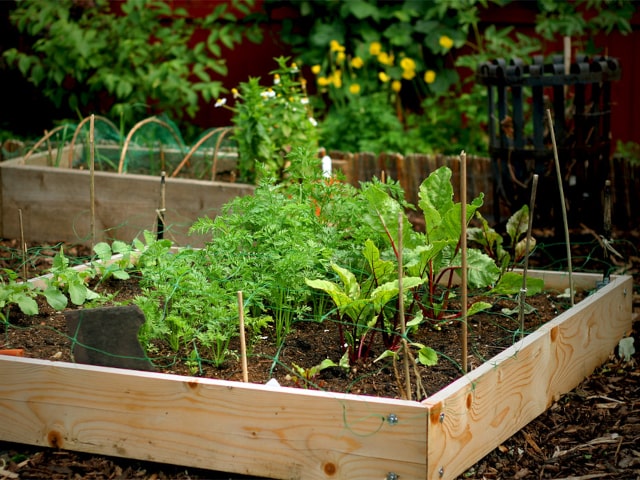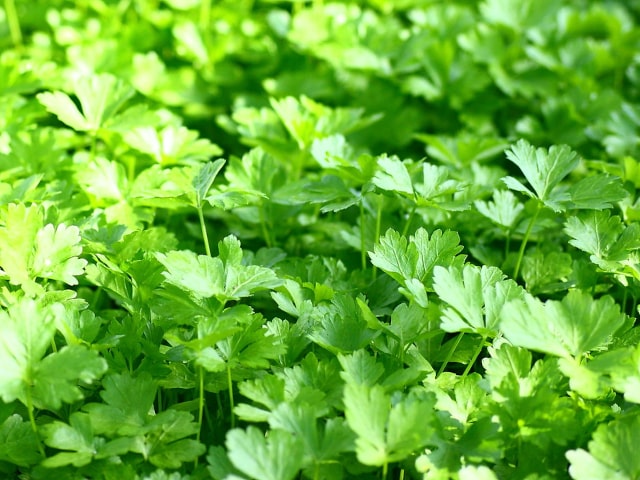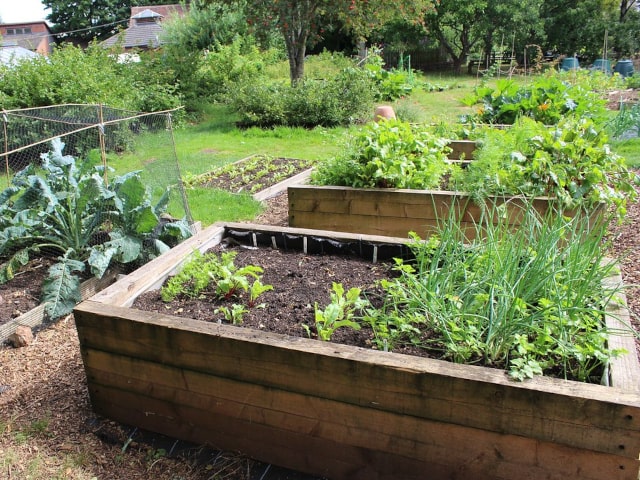
The fall is actually a great time to plant certain plants. It's important to know that fall is preferred because the weather is cooler so your plants won't burn. However, in order to make the most out of your planting in the fall, you need to take several important steps.
The cooler weather is great because it makes it easy to work in these conditions. However, in order to use fall to plant your veggies, you need to choose vegetables (and other plants you wish to grow) that are capable of roughing in the cooler temperature.
You should not be scared of fall planting. Some people find it a chore and claim it's difficult to find the best time to plant. However, you don't have to worry or second guess: there are actually very useful tips on when is the best time to plant your veggies in the fall.
Here are some basic rules of fall planting that will make everything easier for you, not to mention more fun:
Testing and Amending Your Soil
Before you start, it's vital to test your soil's pH for acidity, in order to judge whether your soil is suitable for planting or not. This test can be done inexpensively, so it's not much of an investment.
This test is a critical first step you need to do in order to prepare your garden for the fall. It will ensure that your investment is returned in the form of a beautiful garden full of healthy plants. Again, testing is cheap: you can get tests for as little as $1.50. However, do not skip this step as it can be very valuable, as weeding your garden. The test will ensure that your plants respond the best in the fall. It will also allow you to manipulate your garden in case you want to prepare it for a different type of vegetables to grow.
Keep in mind that in case of an unfavorable pH result, you need to amend your garden. This can be troublesome, but it's vital to perform it in order to grow strong and healthy vegetables. Consult professionals if you are unsure on how to amend your garden.
Choosing Plants to Grow in the Fall
Once you have tested your soil and made any necessary improvements, it's time to decide what plants you wish to grow. Many vegetables are great for fall planting, but you may wish to grow different types of plants.
If in doubt, search for information on which plants can go through fall planting to make sure you are on the right track.
Keep in mind that most veggies, even the ones you consider "spring veggies", can be grown in the fall. Spring or fall, these are cool season plants and they can survive through a bit of cool weather. In fact, they can flourish through either time of the year.
The Best Time to Plant
To find the best time for fall planting, it's important to know the date of the first frost in your area. Keep in mind that the date of the first frost differs greatly depending on your region. Look at the calendar and weather forecast to find this date. Once you have the first frost date, count backwards to find the best time to plant your vegetables.
For example, if the plant you wish to grow has a time to maturity of 50 days (roughly 7 weeks), you have to count back using this number. Don't forget to add an additional week or two to find the earliest suitable planting date.
Keep in mind that there is about 50 percent chance that the first frost will happen before the normal averages. You have to be prepared for this possibility. In most areas, mid to late October is the average range for the first fall frost.
Also, keep in mind that the frost can happen in many different forms:
- A light freeze (this is the norm). It falls between 29 and 32 degrees F. It will destroy the tender plants, but the stronger plants will survive.
- A moderate freeze. This one falls between 25 and 28 degrees F. It will affect most vegetation, especially fruit blossoms.
- Severe freeze. This dreaded freeze happens on temperatures that are 24 degrees F and below. This sort of freeze will destroy any variety of plants.
This is the basic information you should know about fall planting. Just stick to the basics, choose good plants and keep an eye on the weather to ensure the best results with your fall vegetables. This is the best way to ensure healthy garden full of strong, lush plants.
Photo credit: Allison Giguere




1 Comments
Hello,
I really like your site and will be adding the link to a resource guide I compile here at the University of Illinois at Chicago. My focus is container vegetable gardening but I like to provide comprehensive information for community folks. We are attempting to encourage people to start growing food in the city to support self-sufficiency and lower food bills.
That said, I have a suggestion. Try to offer at least links to materials on season extension such as cold frames or even garden cloth. Great site, thanks!